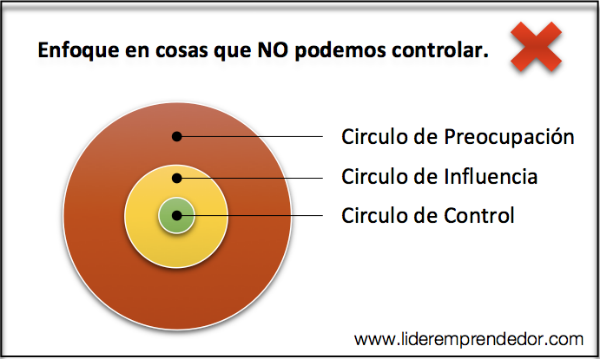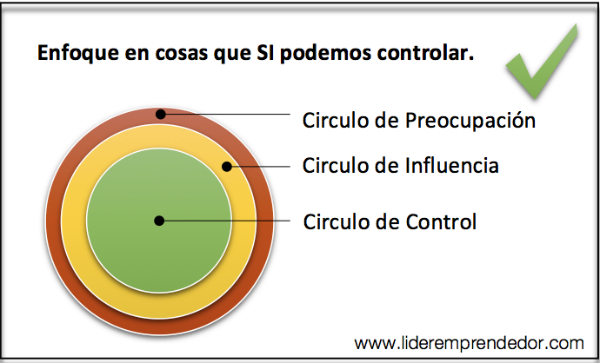Opinions expressed by Entrepreneur contributors are their own.
Today, as entrepreneurs, businessmen or leaders we are exposed to a great amount of pressures coming from our professional and personal projects.
Whether it is meeting set goals, delivering results in a timely manner, wanting to lose weight and exercise to improve our physical health, maintain and improve our personal and professional relationships, etc. All of the above leads us to generate stress.
Stress is an evolutionary mechanism that is activated when we perceive danger and is designed to run, fight or freeze. This mechanism helped our ancestors survive in extremely dangerous conditions millions of years ago.
In prehistory, man was constantly threatened by dangers that put his life at risk: wild beasts, snakes, storms, poisonous plants, etc.
However, our reptilian brain was programmed to continually face life and death situations. Like when we were stalked by a saber-toothed tiger, only today there are no tiger but meetings with clients, reports to deliver and objectives to meet.
When facing this type of situation, our organism releases adrenaline and cortisol, these chemical substances generate a cascade of changes in our body that prepare it to face any type of danger in the best way.
Although today we are no longer exposed to these types of risks, our brain continues to react in the same way as thousands of years ago, this is what happens to us when we face scenarios such as starting a new business or not, resigning from your job current to start your own, make a presentation to a group of investors.
Our survival instinct is activated by releasing chemicals and inhibits us from making correct decisions. For this reason it is essential to know how to control and inhibit stress, below I will explain how.
The first thing we have to do is learn to respond, rather than react to stress . Usually we tend to react automatically to any stimulus, so we make wrong decisions because we are not aware.
To achieve this conscious response, it is necessary to identify where the stress comes from and classify it according to its location in one of the following 3 circles.
Control circle : Here are the stressors that we can control or modify, we are the absolute ones responsible for the “x” or “y” action to happen or be carried out.
For example, specific tasks that we have assigned or projects in which we are solely responsible.
Circle of concern : Here are the stressors in which we have no way to influence, modify or change the outcome. For example, the weather, the socio-political context, the economy, government regulations, etc.
Circle of influence : Finally here are the stressors whose outcome does not depend 100% on us, but we can influence. For example, activities or projects in which we share responsibility with someone else or with a work team.

All stressors can be located in one of these 3 circles and each circle has a different strategy to combat stress.
For the circle of control we have to be proactive . Here is everything that we can control and that is under our responsibility, so let’s get to work. The faster we resolve the conflict or get the task done, the less it is a concern.
For example, if we are stressed by being late for a meeting, we must leave earlier, if we have an important project due, we must start doing it and not wait until the last minute. As long as it is in our control, we must resolve it as soon as possible so that it is no longer a source of stress.
For the circle of concern, what we must do is stop worrying . Here we cannot control or modify anything so it makes no sense to stress over something that we cannot change. What if Trump won, what if the economy is bad, etc.
Sure, it is said easy but it is not, and the reason is because our emotions end up getting involved. What we need to do is learn to control and regulate our emotions.
For some people it may be easier than for others. If you are a temperamental person who struggles to control your emotions, I recommend the practice of Mindfulness. This practice helps to exercise the cerebral neocortex and allows greater control of emotions.
And for the circle of influence you need a combination of the two above. In these types of activities in which we share responsibilities, we must be proactive and try to influence the result to the best of our ability.
If the result is not as expected, we have to know how to control our emotions so that it does not become an additional concern that ends up being out of our hands and that generates stress.
For example, if we are part of a work team, we have to do everything we can to ensure that the result is the best possible, but if the result is still not as expected, we must know how to control ourselves and stop worrying about what that may or may not have happened.
There are people who live stressed and worried about things that are not even under their control, they focus on everything that is in their circle of concern. These types of people are the ones who end up falling into depression or chronic stress.

The objective of this method is that as you apply these strategies with your sources of stress, you will train your brain to focus on the things that it CAN control.
It is impossible to eliminate all stressors from circles of concern and influence, but they can be minimized and so your circles should look this way.

If you liked this article, I invite you to continue reading more articles like this one at Entrepreneur.com or leave me your comments on my personal blog Lideremprendedor.com .




